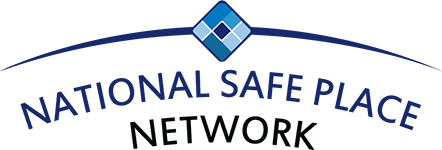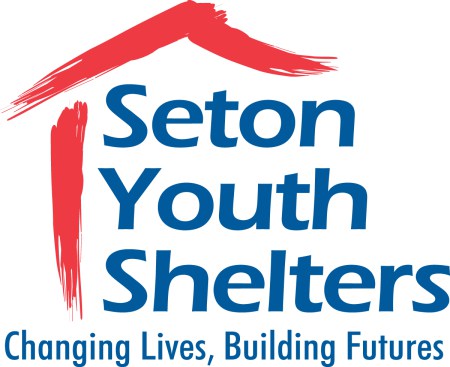Today is #GivingTuesday, a global day of giving fueled by the power of social media and collaboration. Observed annually on the Tuesday following Thanksgiving in the U.S. and shopping events on Black Friday and Cyber Monday, #GivingTuesday kicks off the charitable season, when many focus their holiday and end-of-year giving.
As an organization serving youth in crisis and those who provide vital services to this population, NSPN relies on gifts from individuals and corporate partners to ensure an effective system of response for youth across the United States. NSPN utilizes your donated goods, time, and funds to reach youth in need of help and safety. Many youth who seek our services are scared and alone, with no place to go. Others just need someone to listen. If your family is in-tact and the children in your lives have not experienced the fear of being bullied, the scarring that comes with abuse, or the hunger that comes with neglect, you and those children are incredibly fortunate. NSPN is there for each youth and family that experience these and many other issues that make life challenging. Without your contributions, NSPN simply would not have the opportunity to continue this necessary work.







